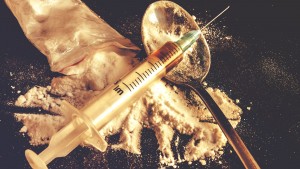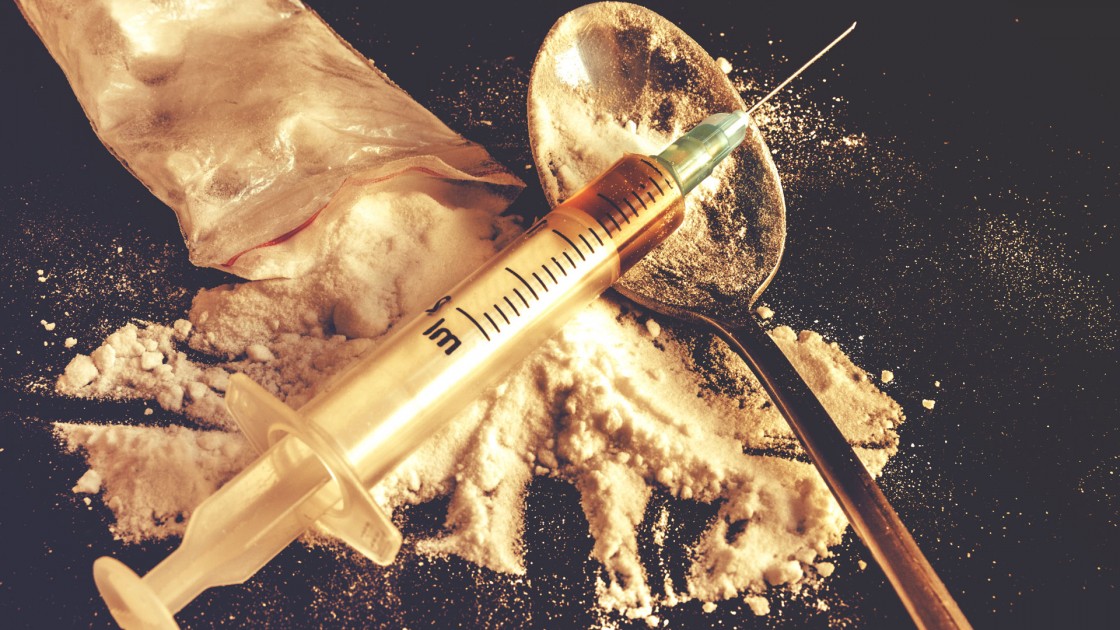 Opinion by Percy Menzies, M. Pharm, Assisted Recovery Centers of America (ARCA) and Fred Rottnek, MD, MAHCM, Director of Community Medicine and Addiction Medicine, Saint Louis University
Opinion by Percy Menzies, M. Pharm, Assisted Recovery Centers of America (ARCA) and Fred Rottnek, MD, MAHCM, Director of Community Medicine and Addiction Medicine, Saint Louis University
An editorial in the St. Louis Post-Dispatch on September 15 supported opening safe injection Facilities (SIFs) as possible solution to reduce overdose deaths. The editorial cited examples in Canada, Switzerland and Australia where such bold moves have worked, and it is time the US followed.
The current epidemic shows no signs of abating, in part, because we have not found a way to reduce or cut off the supply of illegal opioids like heroin and fentanyl. Fentanyl is the new scourge and the situation is made worse by contaminant of other drugs like cocaine and methamphetamines. It is almost impossible to find a drug sample not laced with fentanyl. The calls for SIFs stem from a deeply held frustration that the present treatment has not worked. An epidemic does not last for over twenty years or longer. Something needs to be done to save lives and protect the patient from the consequences of IV drug use, primarily blood borne infections like Hep C and HIV.
SIFs fall into interventions known as harm reduction. Harm reduction interventions have worked well in saving lives and giving patients a second, third, and fourth chance at recovery. Some of these measures include needle exchange programs and distribution of the opioid reversal drug naloxone (Narcan). There is no doubt these measures have worked to keep people alive and should be continued. The more fundamental question: What is our current treatment for opioid use disorder and why has it not worked?
There are only three drugs approved by the FDA to treat and prevent opioid addiction. All three have a well-established track record and are commonly referred to as Medication Assisted Treatment (MAT). Two of the three medications, methadone and buprenorphine are opioids, and they work well in the treatment of opioid addiction. The third naltrexone is a non-opioid; it is effective, but it is used less frequently. Methadone and buprenorphine are referred as the ‘gold’ standard of treatment; however, less than 20% of patients with opioid use disorders (OUDs) receive these medications. Let’s look at some of the reasons.
To ally the unfounded concern of using an opioid medication to treat opioid addiction, the most common analogy cited is treating addiction like a chronic disease, such as diabetes or hypertension. Yet, unlike these chronic conditions, the medications used to treat OUD are limited by unnecessary training requirements and documentation. These restrictions apply to methadone and buprenorphine. Patients have to stand in line each morning to receive methadone, and physicians wanting to prescribe buprenorphine are required to obtain a waiver from the DEA with a minimum of 8 hours of training and additional hours of paperwork. These restrictions make treatment of patient with OUD unnecessarily burdensome and therefore unattractive for physicians, physician assistants, and nurse practitioners to add these services to their practices. We need to lobby to have these restrictions eased which in turn will significantly increase access to care.
Let’s look at another major roadblock for patients seeking treatment. St Louis appears to be flooded by urgent care clinics. Patients can walk into one of these clinics for ailments ranging from the cold to a broken bone and receive medical treatment. We have an opportunity to development similar urgent care centers to diagnose, stabilize, and treat patient for substance use disorders and alcoholism. If we had such clinics, we could offer people readily accessible treatment opportunities for those seeking recovery and health.
Rather than focusing only on highly controversial safe injection facilities, why not also develop walk-in clinics for patients withdrawing from drugs and alcohol? These conditions are highly treatable. Once a patient is stabilized, the person can be referred to a treatment center.
Harm reduction is necessary, but not sufficient. It has to progress towards harm elimination and harm avoidance. Safe injection facilities can work in very narrowly defined environments. Increasing access to proven treatment and facilitated transfer of care to medical homes works in all environments. Let’s not limit ourselves in our interventions. Treatment works.

